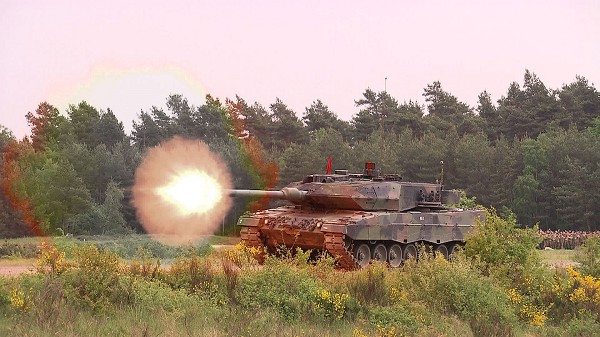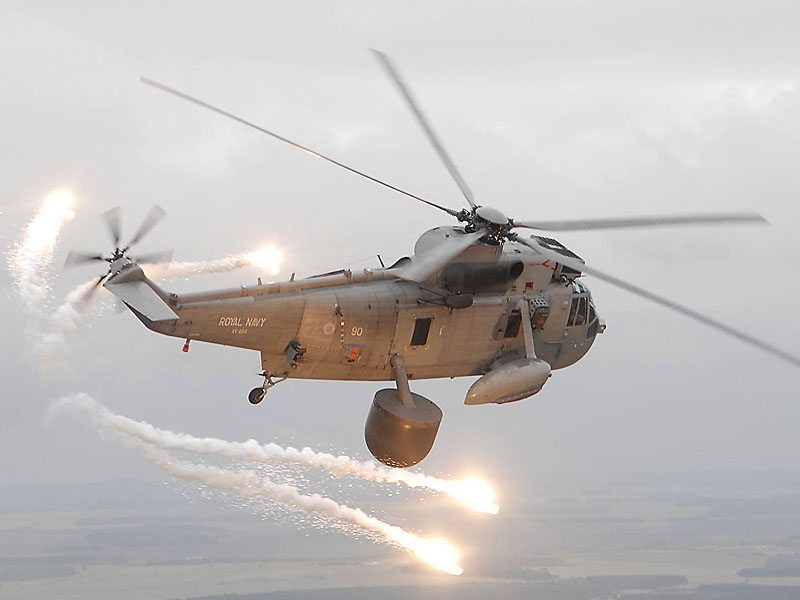With four shots fired on Range 6 at the Bergen-Hohne firing range, the Defence organisation said farewell to the Leopard 2A6 main battle tank on the 19th of may. The Dutch tank history ended on the same German firing range where the Dutch Leopard fired its first shots.
The farewell ceremony was tough for the many tank personnel present. Commander of the headquarters and headquarters company, Captain Johnny Romein said: “This feels like a funeral. The tank is part of our lives.” In his speech, the Senior Officer of the Cavalry, Major General (ret’d) Harm de Jonge, praised the deployment of the tank during the peace operation in the former Yugoslavia and the deployment of the personnel during the recent missions in Iraq and Afghanistan.
The fact that no tanks were deployed during the latter two missions mainly had to do with the image projected towards the civilian population. After all, the Leopard 2A6 main battle tank is still considered to be a highly modern weapon system with unequalled armour and fire power.
Dependent
Although the personnel understand the need for cutbacks, there was no sympathy for this measure among those present. The commander of Bravo company of 11 Tank Battalion, Captain Chiel Nieuwenhuis, pointed out that as a result the army can no longer implement its current doctrine. “Without the tank, manoeuvres such as a breach or a turning movement are no longer possible.”
Now that the battle tanks are being disposed of completely, some 90 years of Dutch tanks history have come to an end. The first tank was introduced shortly after the First World War. At the height of the Cold War, the Netherlands had almost 1,000 battle tanks at its disposal. They formed the backbone of the Netherlands armed forces.
Cold War
In the event of an attack by the Communist Warsaw Pact, the Dutch tanks were to engage the enemy on the North German Plain. The objective was to slow the enemy advance in order to allow Allies, the US in particular, to mount a counterattack. After the end of the Cold War, the number of tanks was quickly reduced to the most recent number of 60.











